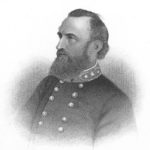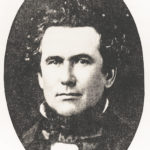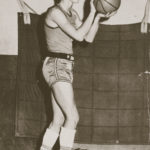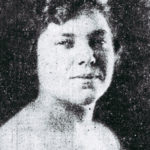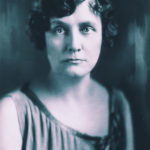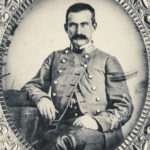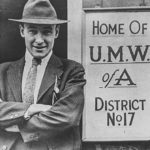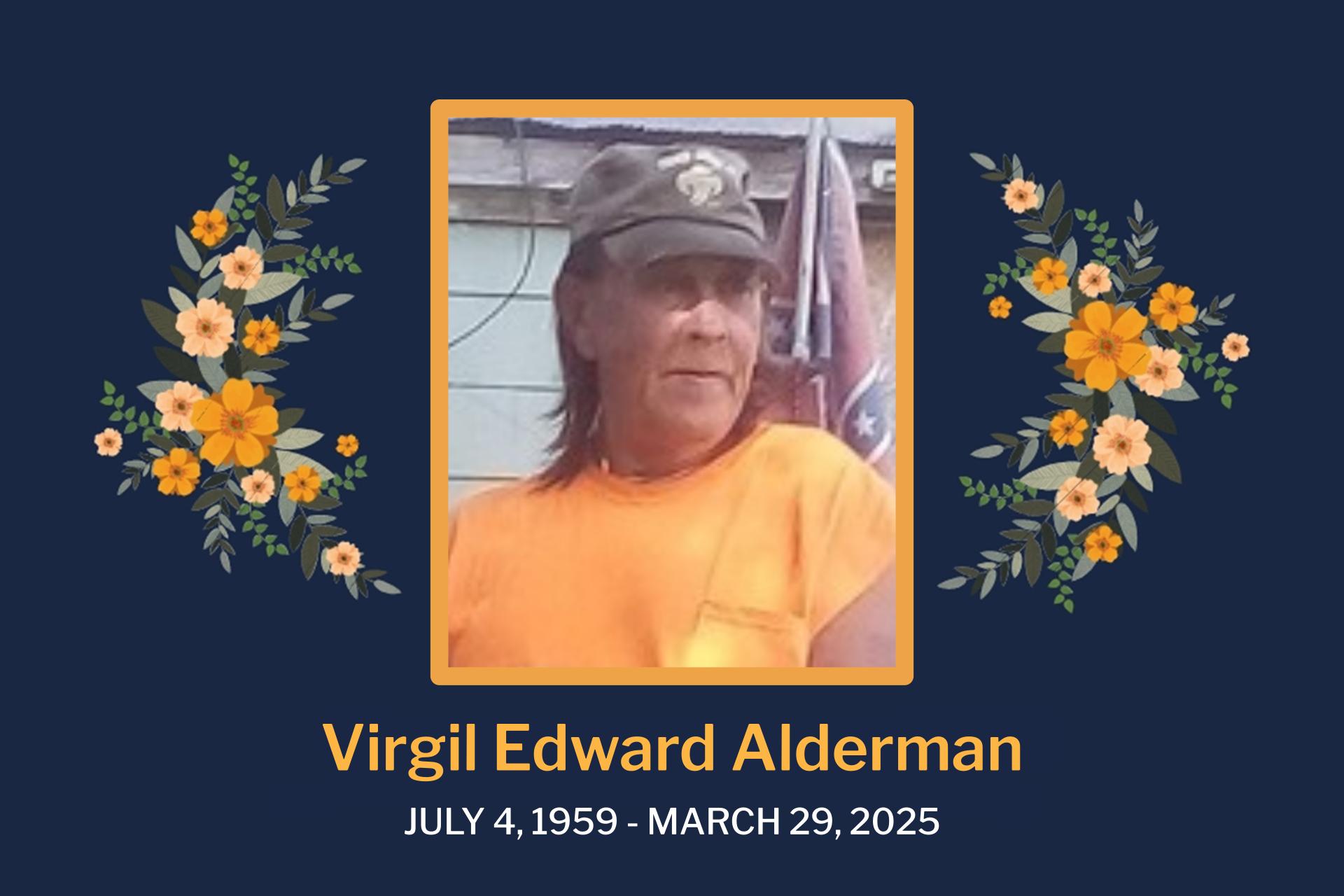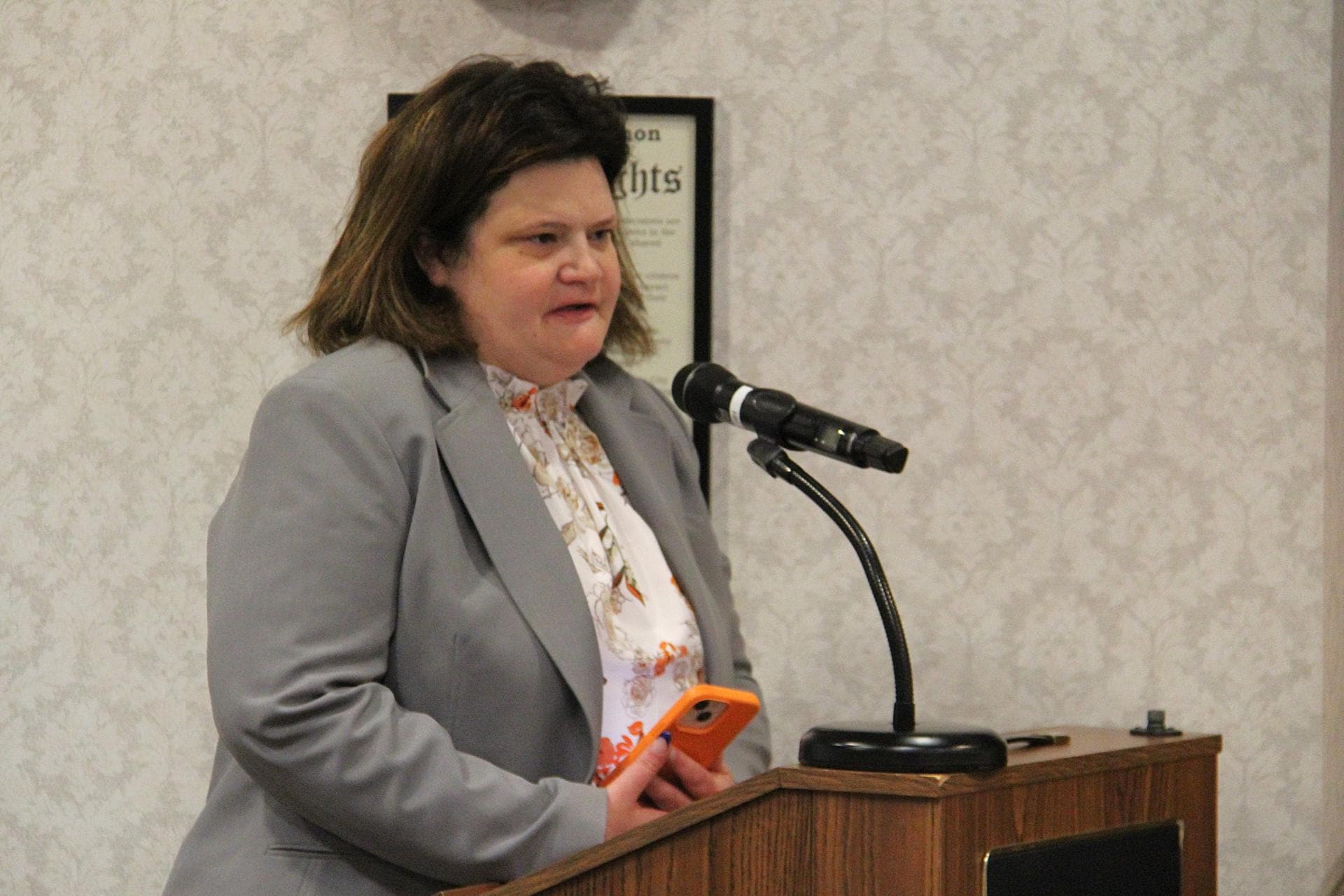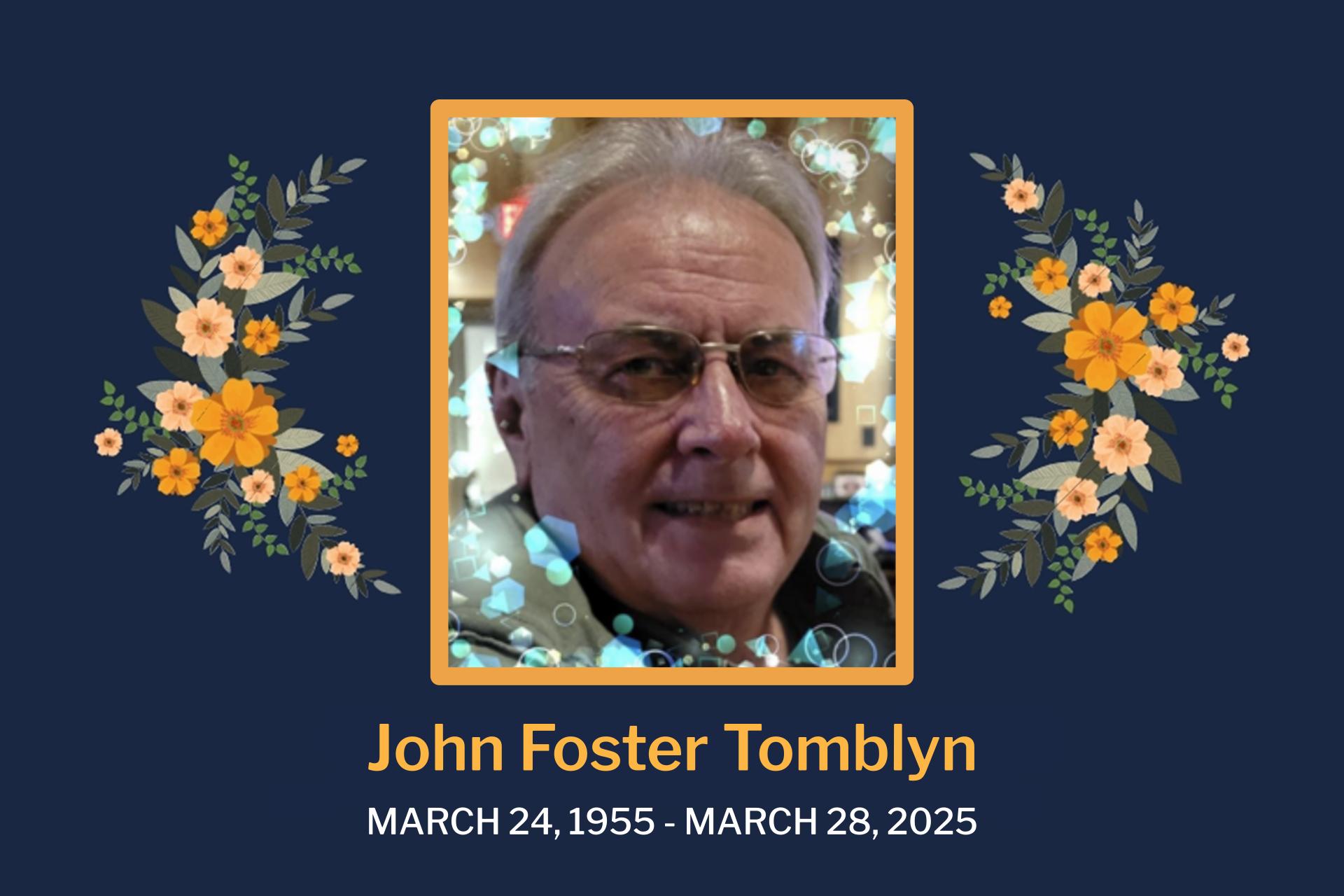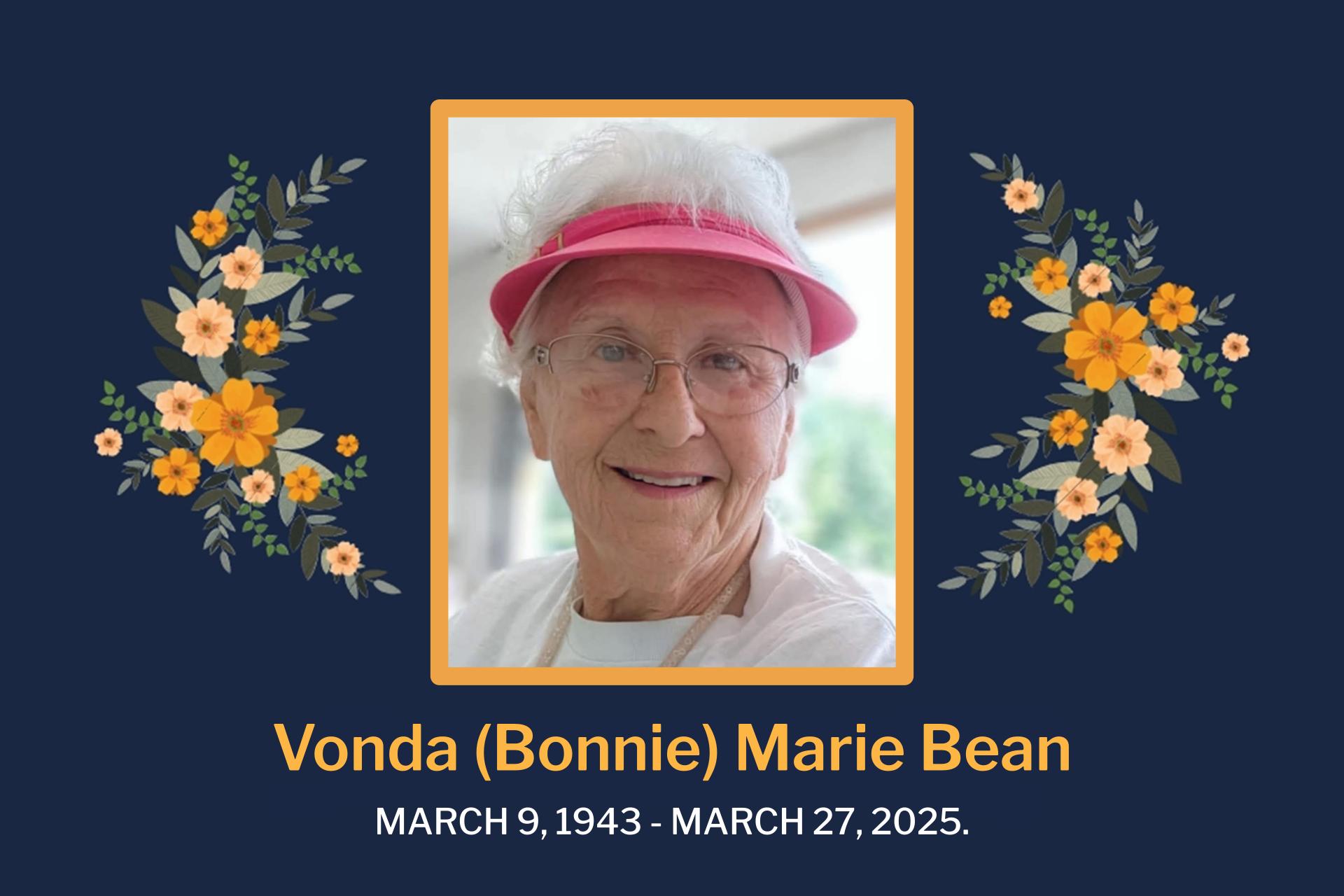Charleston, W.Va. – The following events happened on these dates in West Virginia history. To read more, go to e-WV: The West Virginia Encyclopedia at www.wvencyclopedia.org.
Jan. 20-21, 1824: West Virginia’s most famous soldier, Thomas Jonathan Jackson, was born near midnight in Clarksburg. When Virginia left the Union in 1861, Jackson dutifully went with his native state. He commanded the strategically important post at Harpers Ferry until being appointed a brigadier general of infantry. In the opening battle at Manassas on July 21, 1861, he won the name ‘‘Stonewall’’ for steadfastness at the critical point in the engagement.
Jan. 19-20, 1978: An overnight snowstorm paralyzed Charleston. Unusual in that more snow fell in the capital city than in Randolph County, total snow depth in Charleston averaged 24 inches, the deepest snow on record for the city. January 1978 became the snowiest month for both Huntington and Charleston, and extended cold kept the snow cover on the ground into March, the longest known continuous snow cover for most towns in West Virginia.
Jan. 21, 1906: The first passenger train ran from Elkins to Charleston following completion of the Coal & Coke Railway. The new railroad, a project of former senator Henry Gassaway Davis, provided a much-needed north-south route through the heart of West Virginia.
Jan. 22, 1927: Confederate General John McCausland died. After the fall of the Confederacy, McCausland fled the country. He returned in 1867 and spent the remainder of his life on his large farm in Mason County.
Jan. 23, 1850: Raleigh County was established by an act of the Virginia General Assembly. The county’s founder, Alfred Beckley, named the county after Sir Walter Raleigh.
Jan. 23, 1888: Union leader Fred Mooney was born in a log cabin on Davis Creek in Kanawha County. He was secretary-treasurer of United Mine Workers of America District 17 from 1917 to 1924 and was a radical leader in the West Virginia Mine Wars.
Jan. 23, 1890: The United Mine Workers was organized at a meeting in Columbus, Ohio, with John B. Rae, a Scottish immigrant, as the first president. Just three months later, in Wheeling, UMWA District 17, encompassing most of West Virginia, held its first meeting, elected M. F. Moran as district president and immediately launched what became a struggle of more than 40 years to unionize the state’s coal mines.
Jan. 24, 1968: Mary Lou Retton was born in Fairmont. She made history at the 1984 Olympic Games in Los Angeles when, at 16, she became the first American woman ever to win a gold medal in gymnastics and the first native West Virginia woman to win a gold medal in Olympic competition.
Jan. 25, 1814: Francis Harrison Pierpont was born near Morgantown. On June 20, 1861, Pierpont was unanimously elected as governor of the unionist Reorganized State of Virginia, which sat at Wheeling until West Virginia entered the Union two years later.
Jan. 25, 1878: Activist Lenna Lowe Yost was born in Basnettville in Marion County. She held key leadership roles in the woman’s suffrage movement and the temperance movement.
Jan. 25, 1889: Anna Johnson Gates was born in Kanawha County. The state’s first female state legislator, Gates was elected to the House of Delegates in 1922 and served a single term.

Jan. 26, 1850: Wyoming County was formed by the Virginia General Assembly from a part of Logan County.
Jan. 26, 1960: Burnsville High School basketball player Danny Heater scored 135 points in a varsity game against Widen, setting a national record. Heater went on to receive an academic scholarship to attend the University of Richmond.
e-WV: The West Virginia Encyclopedia is a project of the West Virginia Humanities Council. For more information, contact the West Virginia Humanities Council, 1310 Kanawha Blvd. E., Charleston, WV 25301; (304) 346-8500; or visit e-WV at www.wvencyclopedia.org.



